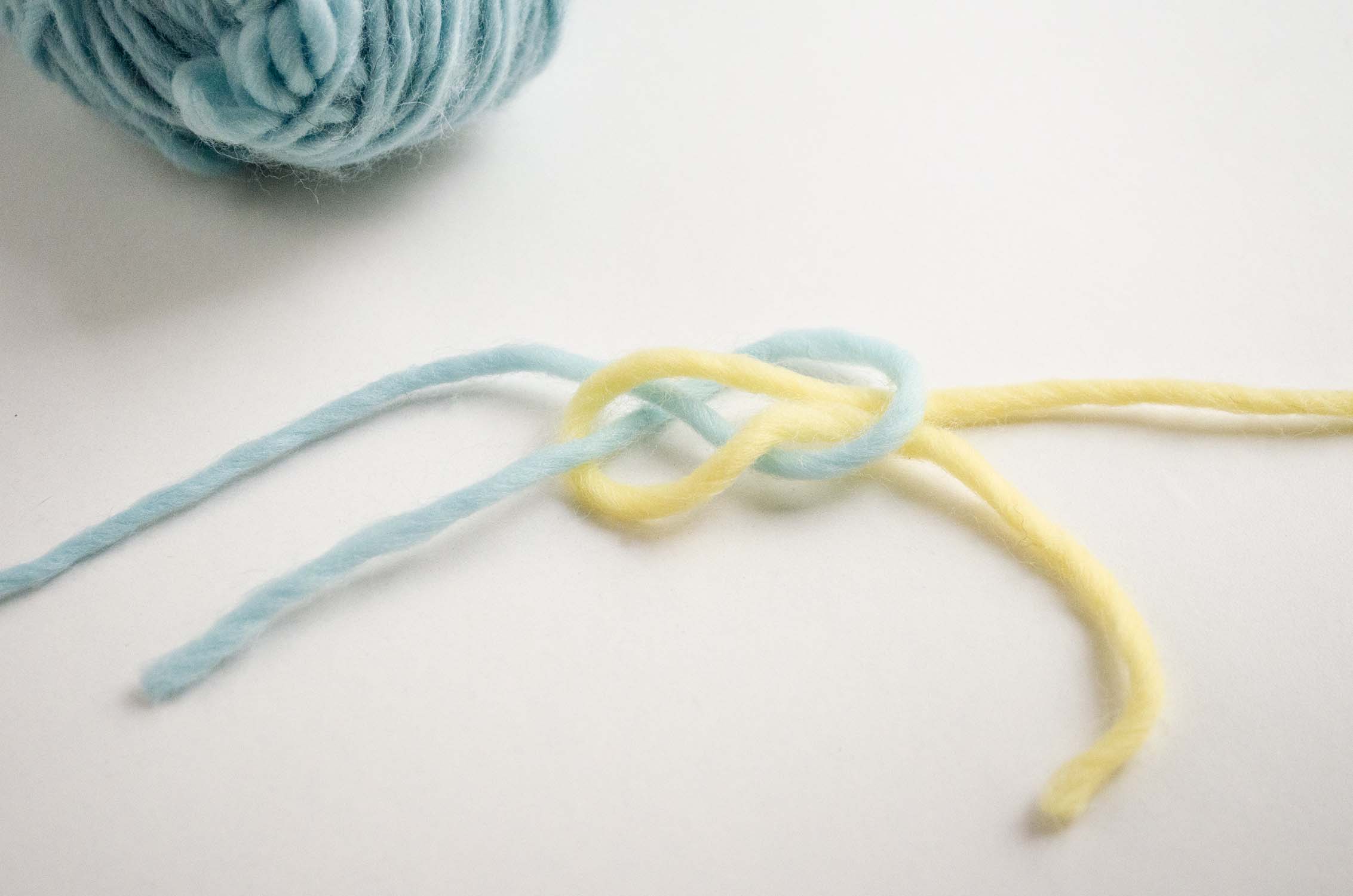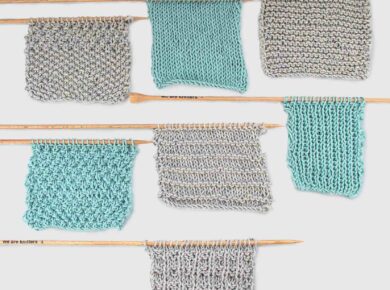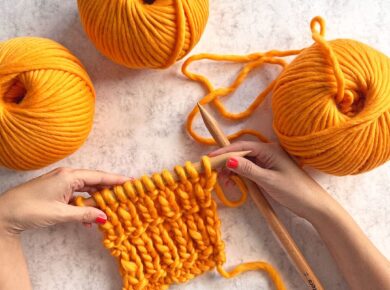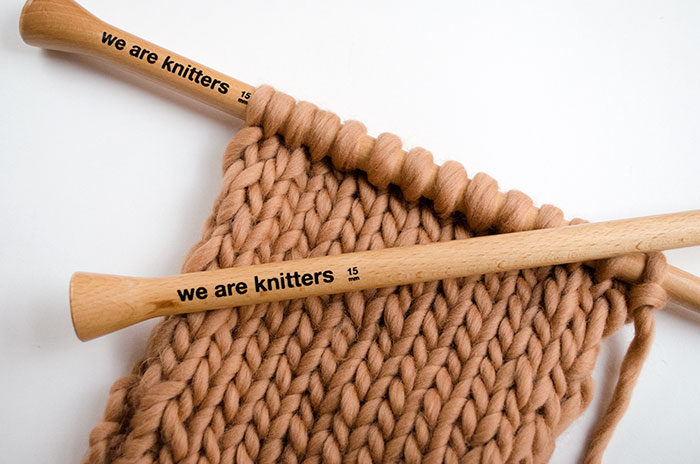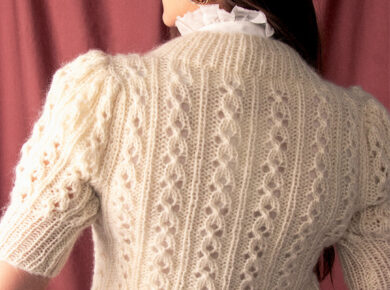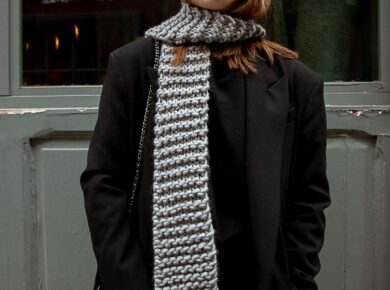
We love learning how to better preserve our knitted and crocheted projects. After taking the time to choose colors and create our garments, we do not want them to get ruined. That is why it is so important to learn how to take care of our clothes well so that they can last us much longer.
Almost all sweaters and other accessories like beanies contain a section of ribbing. Its function is to improve the garment’s fit and to make it more comfortable. But after all that wear and washing, the ribbed section can wear out and won’t fit the same. Luckily, there is a very simple way to solve and prevent this problem, and you will discover it in our post.

The solution is to incorporate elastic thread into our projects. You can find it in craft stores and it is available in various thicknesses. We use the finest that we can find, which is similar to thick sewing thread.
So we put it:

Using a knitting needle and from the back side of the work, weave the strand through the rib stitches, taking only one strand of each rib stitch (look at the photo).
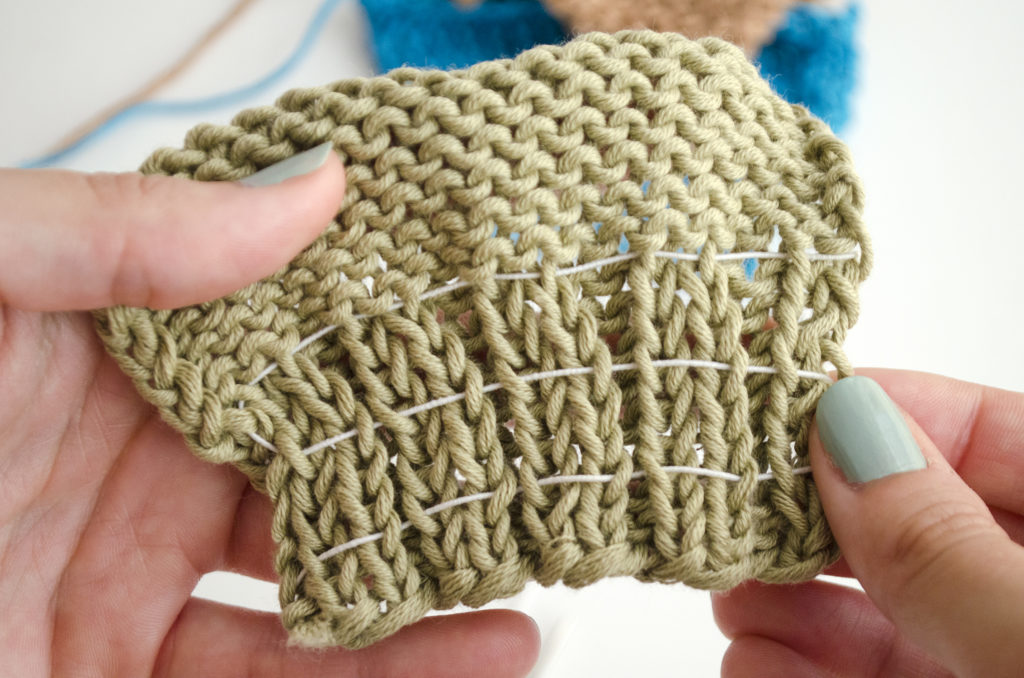
We repeat the process across the ribbing. It is better to do once the garments are seamed and blocked, because it will be easier to adjust the tension of the elastic thread so that it does not tighten too much.


To do it in a simple 1×1 ribbing we will follow the same instructions, but this time we will pass the elastic through a strand of each stitch.
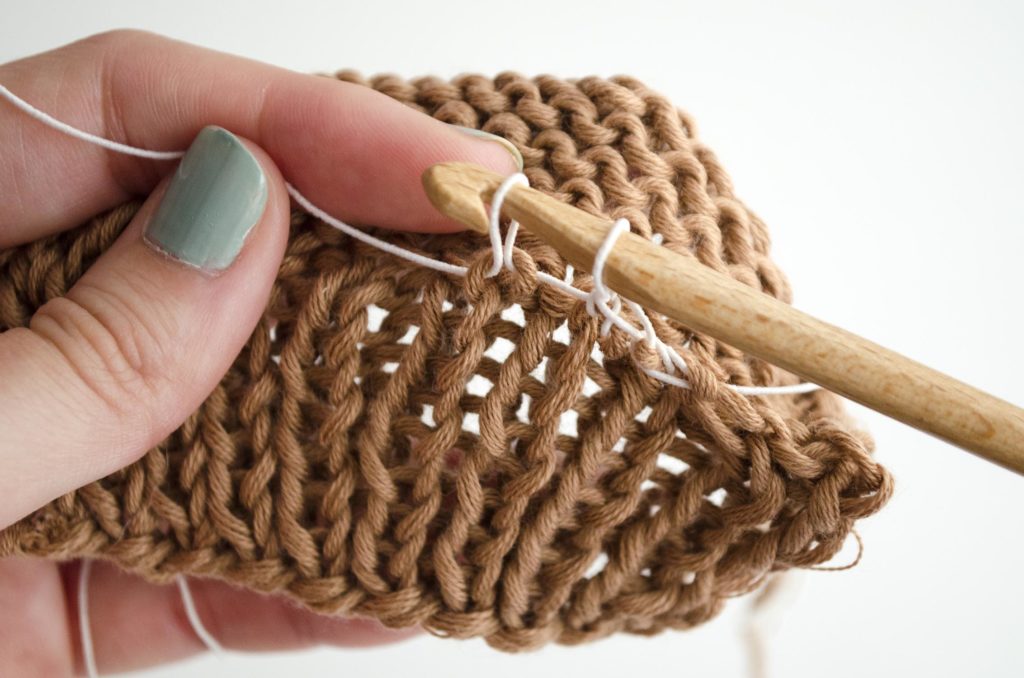
Finally, we can also work this technique using a crochet hook. It is perfect for garments that require extra reinforcement, such as low-cut jerseys that are worn a lot and cotton garments…
To add it in using a crochet hook, insert the hook through one of the strands that forms the stitch, and then make a single crochet. Move to the next stitch and repeat.

You can do just one or several columns across, depending on the tightness you need. Be careful and make sure the elastic is loose enough when making each single crochet. Otherwise, it will be too tight, and you will have to redo it.
Now you can improve any of your WAK projects with this technique. If you want to know more knitting tips, we have a special section for it! You can check them all in Knitting Tips.
